
Every year, the list of endangered animals grows longer, and on rare occasions, they bounce back better than ever, but for most animals on this list, there’s little hope left, and they might be gone for good sooner rather than later. These animals are not just statistics, they are vital threads in the web of life, playing crucial roles in their ecosystems.
Their disappearance would not only mark a tragic loss of biodiversity but also signal deeper environmental crises driven by habitat destruction, poaching, climate change, and invasive species. Will the next generation ever see these animals up close and personal?
1. Yangtze Finless Porpoise
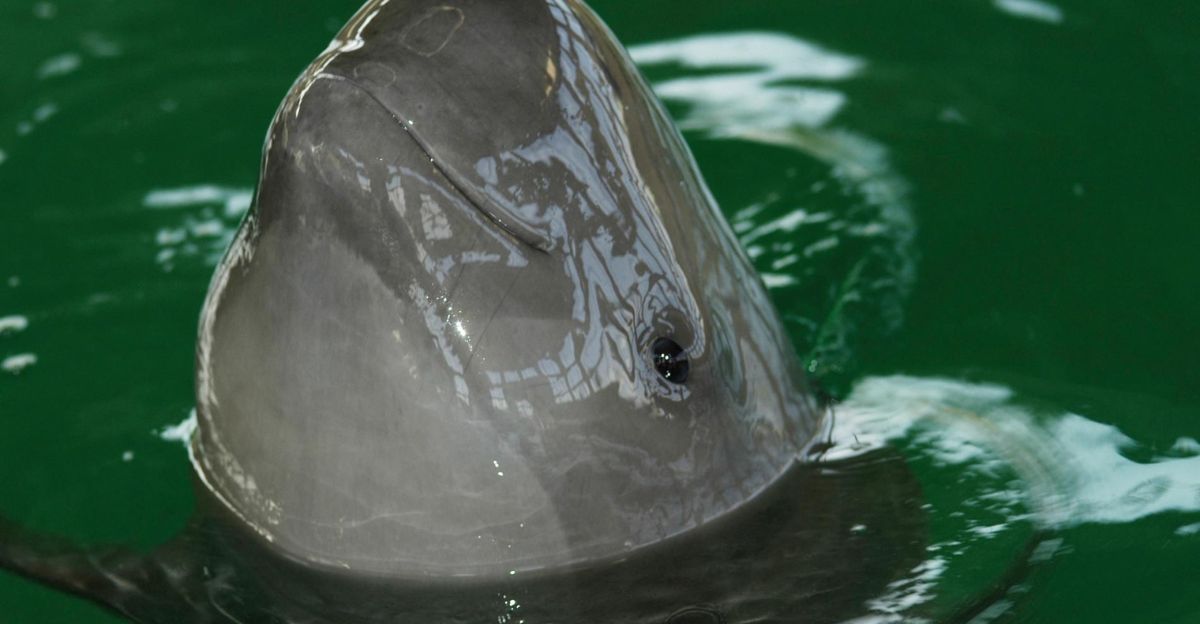
These friendly faces are the world’s only freshwater porpoise. They are found exclusively in China’s Yangtze River system and are now classified as critically endangered due to decades of population decline. According to World Wildlife, only 1000-1800 are left worldwide. They mainly face threats like overfishing, pollution, habitat loss, and increased ship traffic, which has been the biggest battle in saving these creatures.
Although recent conservation efforts, including fishing bans and habitat protection, have led to a modest population rebound, the Yangtze finless porpoise remains on the brink. Experts warn that without continued and intensified action, it could follow the tragic path of the Baiji dolphin, which was declared extinct in the same river less than two decades ago.
2. Mountain Gorilla
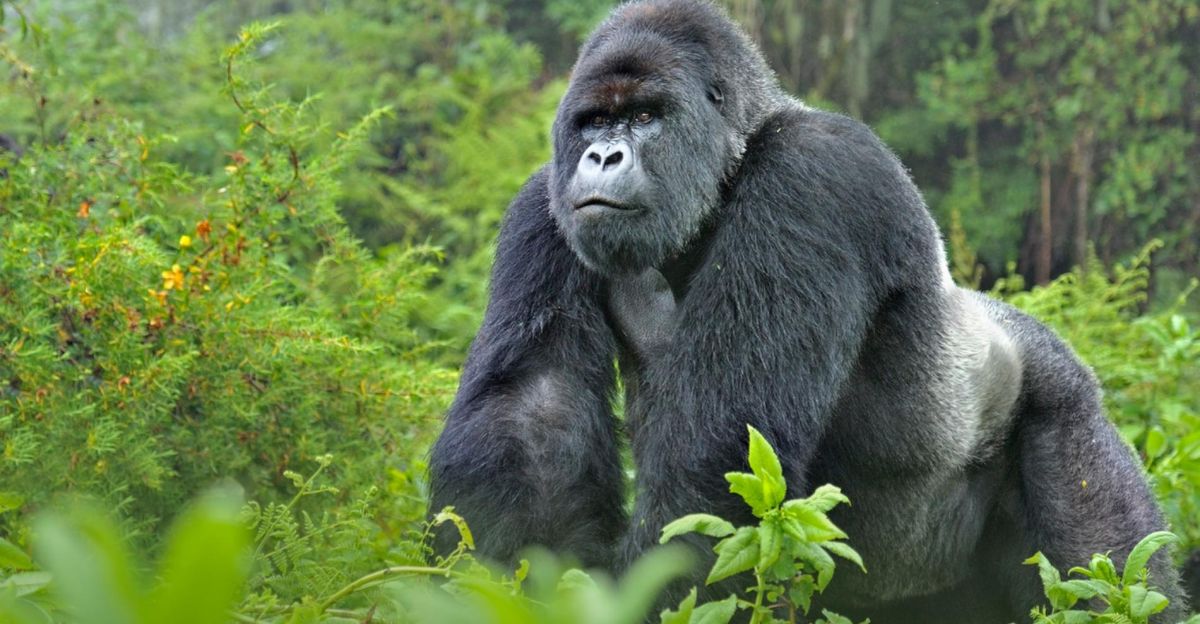
These magnificent creatures have made quite the comeback thanks to conservation efforts, but they aren’t out of danger just yet. As of 2025, approximately 1,063 mountain gorillas live in the wild, the highest number ever recorded. These gorillas inhabit the misty forests of the Virunga Mountains, which span Rwanda, Uganda, and the Democratic Republic of Congo, as well as Uganda’s Bwindi Impenetrable National Park.
These gorillas still face a severe threat from habitat loss, poaching, disease, and civil unrest, making their rebound more challenging each day.
3. Tapanuli Orangutan
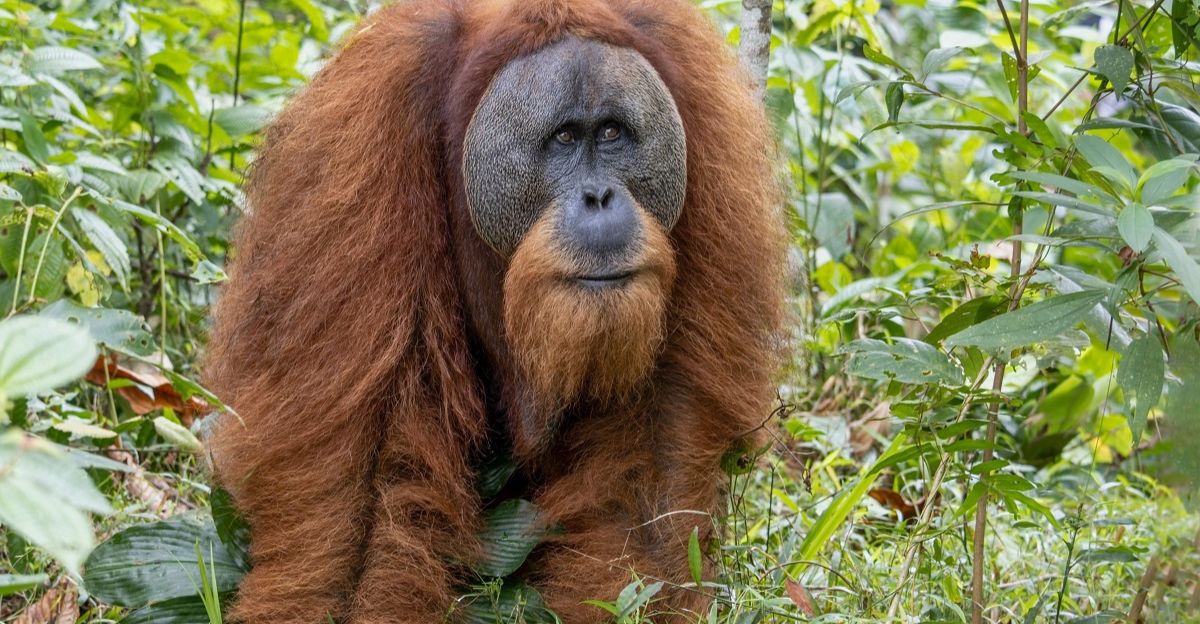
These sneaky critters are the world’s rarest great apes. Less than 800 apes survive in the wild, all confined to the fragmented forests of the Batang Toru ecosystem in North Sumatra, Indonesia. Only recognized as a distinct species in 2017, the Tapanuli orangutan is genetically unique and differs from its Sumatran and Bornean relatives by having a smaller head and flatter face.
Experts warn that even the loss of a handful of individuals each year could push the species toward extinction within decades. These apes are mostly endangered due to habitat loss from agriculture, mining, and infrastructure projects.
4. Javan Hawk-Eagle
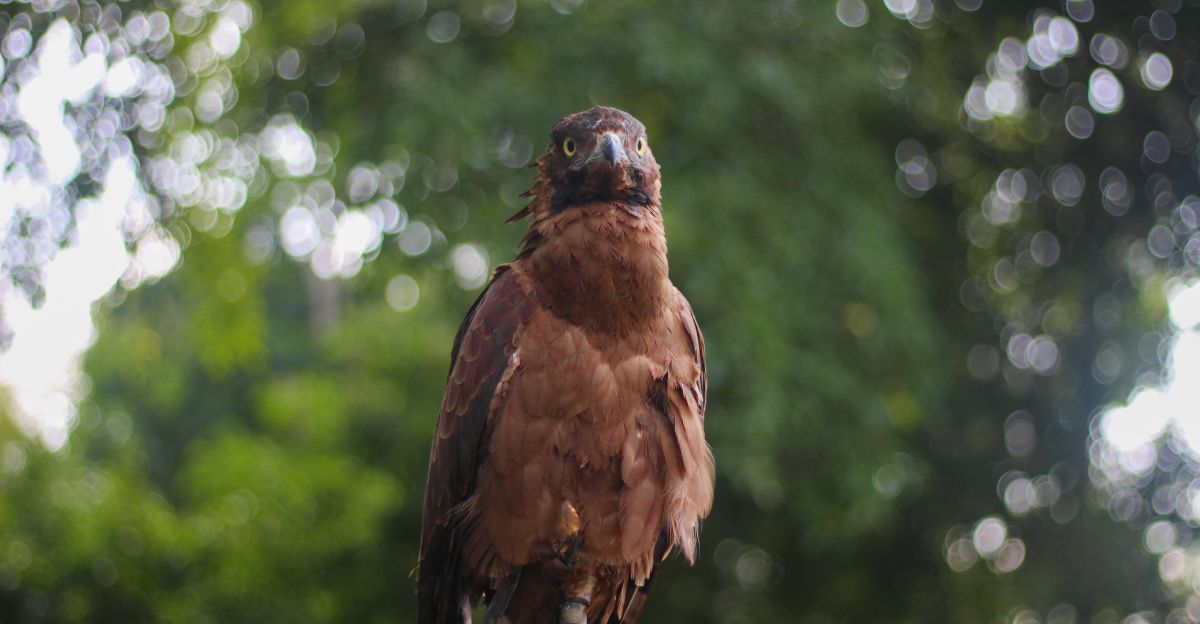
These iconic and endangered raptors are found only in the remaining forest patches of Java. There are around 325 pairs left in the world. Despite recent improvements in survey methods, these birds are scattered across 74 fragmented habitat patches totaling about 6,710 square miles.
Their slow breeding rate further challenges these remarkable birds. They typically produce only one egg every two years, making population recovery especially difficult.
5. Sumatran Tiger
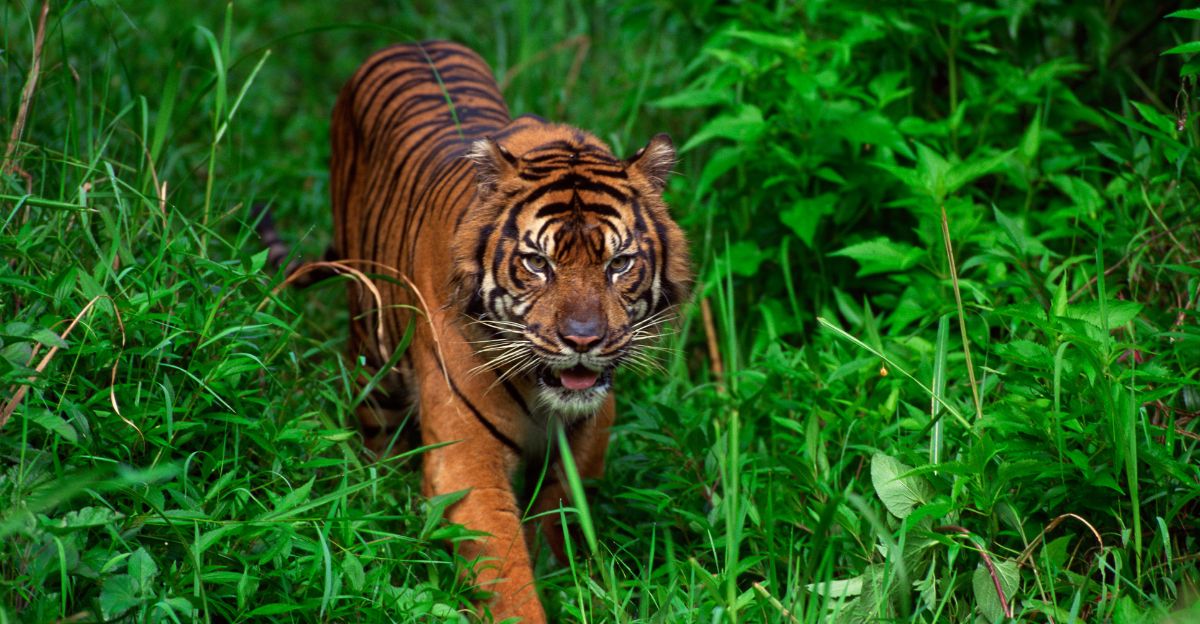
This remarkable tiger is Indonesia’s last surviving tiger subspecies and is now classified as critically endangered. Fewer than 600 individuals are estimated to remain in the wild. These tigers can only be found on the island of Sumatra, where they inhabit dense rainforests and rely on large, contiguous tracts of habitat for survival.
More than 60% of the species can be found in Kerinci Seblat National Park and the Ulu Masen-Leuser ecosystems, where conservations efforts are mostly focused. Without intensified protection and habitat preservation, the Sumatran tiger could follow its Javan and Balinese relatives into extinction within a generation.
6. Spoon-Billed Sandpiper
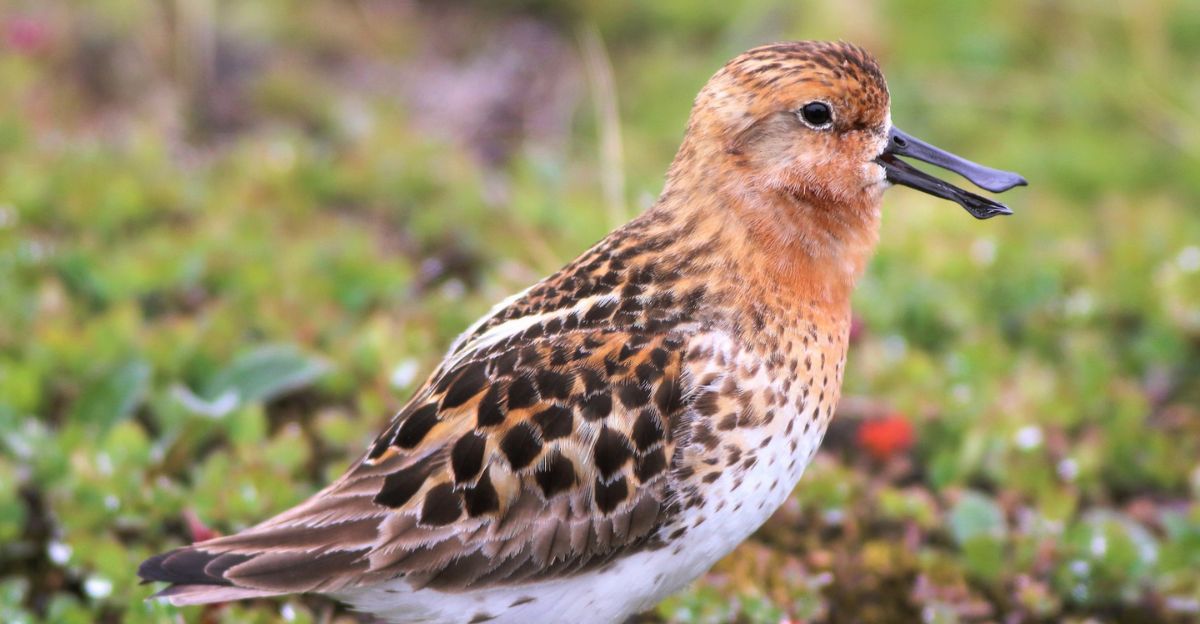
These incredible shorebirds are easily recognizable by their unique spatula-shaped bill. Current estimates suggest that there are around 100 breeding pairs left, and these numbers are declining by 25% each year.
The main threats include habitat loss along its migratory route, especially the destruction of intertidal mudflats, subsistence hunting, and environmental changes. Conservationists have launched emergency measures to try to save this bird from being lost forever.
7. Javan Rhino
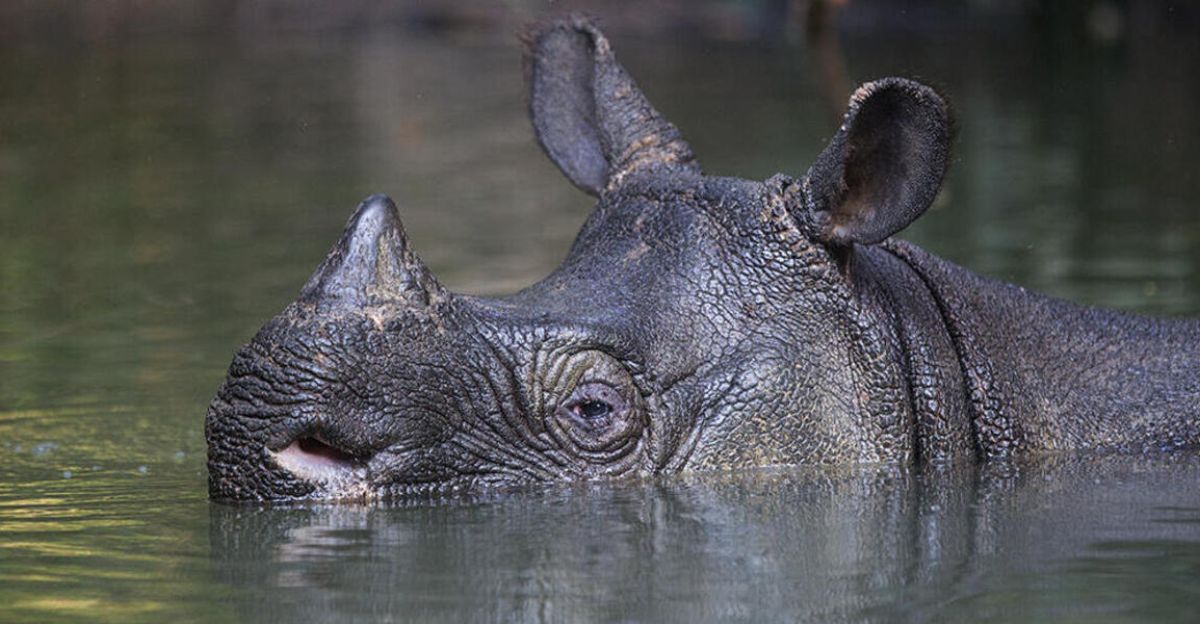
These remarkable mammals are on the brink of extinction and their entire known population is now confined to Indonesia’s Ujung Kulon National Park. Recent estimates put the number of surviving individuals at around 46 to 50, a devastatingly small figure that leaves the species perilously close to extinction.
The population’s confinement to a single location makes it especially vulnerable, if disaster were to strike Ujung Kulon, the species could vanish overnight. Conservationists are urgently working to expand suitable habitat and establish a second, separate population, but time is running out.
8. Amur Leopard
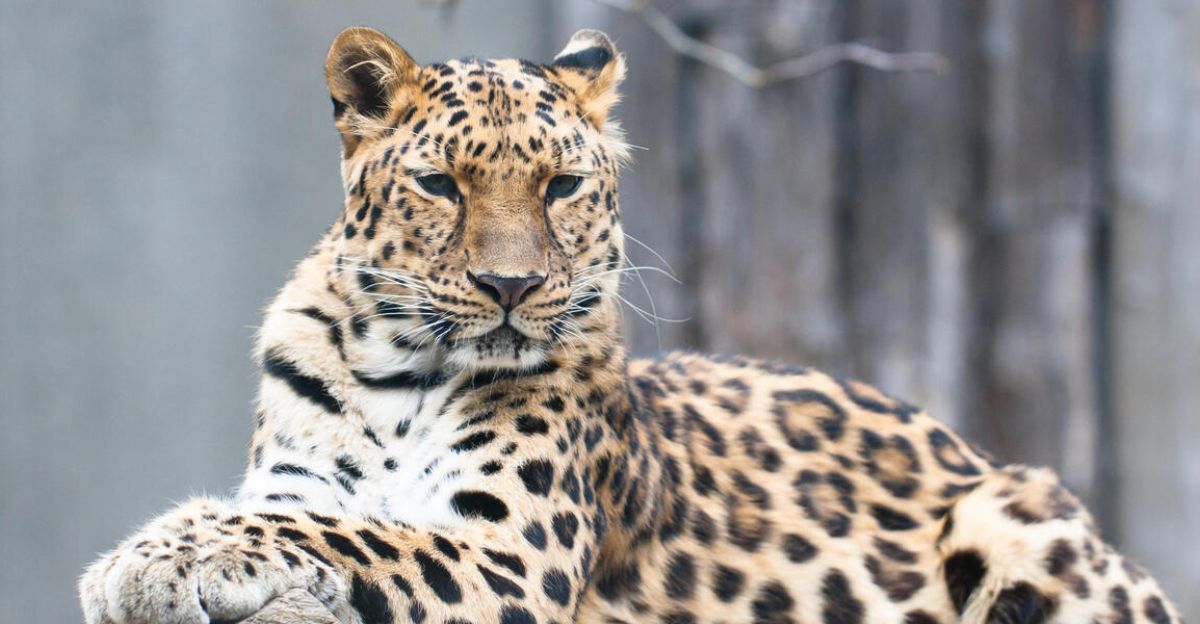
These remarkable cats are limited to the borderlands of Russia’s Far East and northeastern China. Although their population has seen some growth in recent years, it is still on the verge of extinction. Approximately 125–130 adults are left today, thanks to intensive conservation efforts and the establishment of protected areas like Land of the Leopard National Park.
Its limited range and small population size make it highly vulnerable to disease, inbreeding, and environmental changes. Despite the progress that has been made, they are critically endangered, facing persistent threats from poaching, habitat destruction, and a shrinking prey base.
9. Vaquita
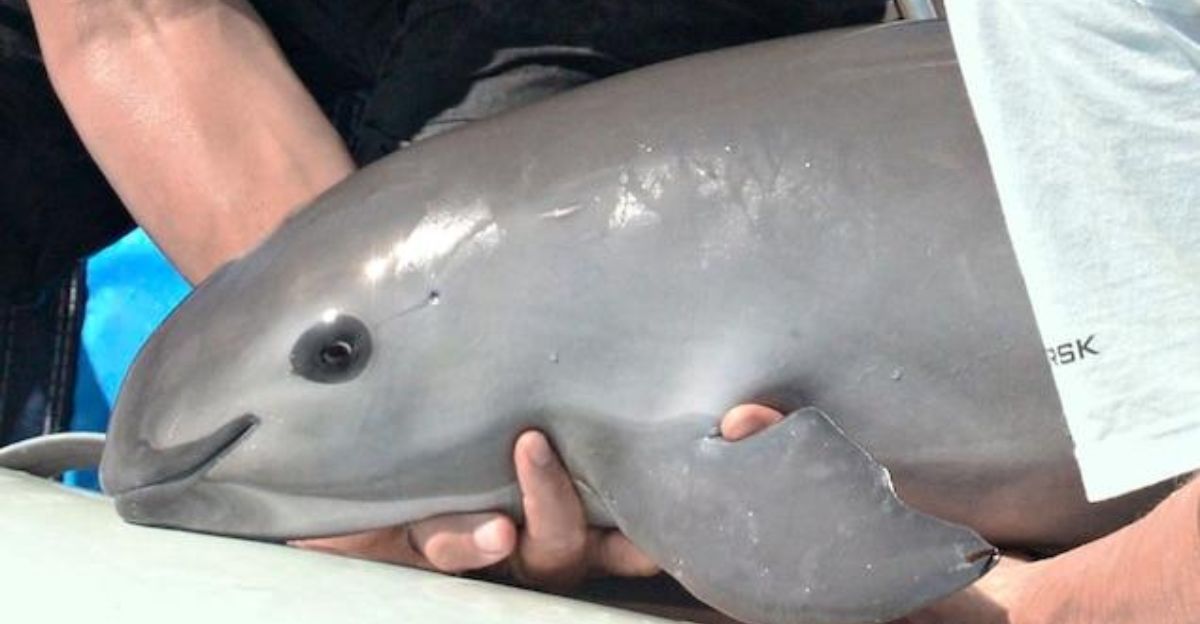
These marine mammals are among the most endangered on the planet, with only 6-8 mammals left in the wild. Endemic to Mexico’s northern Gulf of California, the vaquita population has plummeted by 99% since the late 1990s, but recent studies haven’t shown the best numbers. This drastic decline is almost entirely due to entanglement in illegal gillnets, particularly those set for the totoaba fish, whose swim bladders are highly prized on the black market.
Conservationists warn that the vaquita could vanish forever within months unless gillnet use is eliminated immediately. Despite international pressure and some local enforcement efforts, illegal fishing continues to threaten the species, and no calves were observed in the most recent survey.







